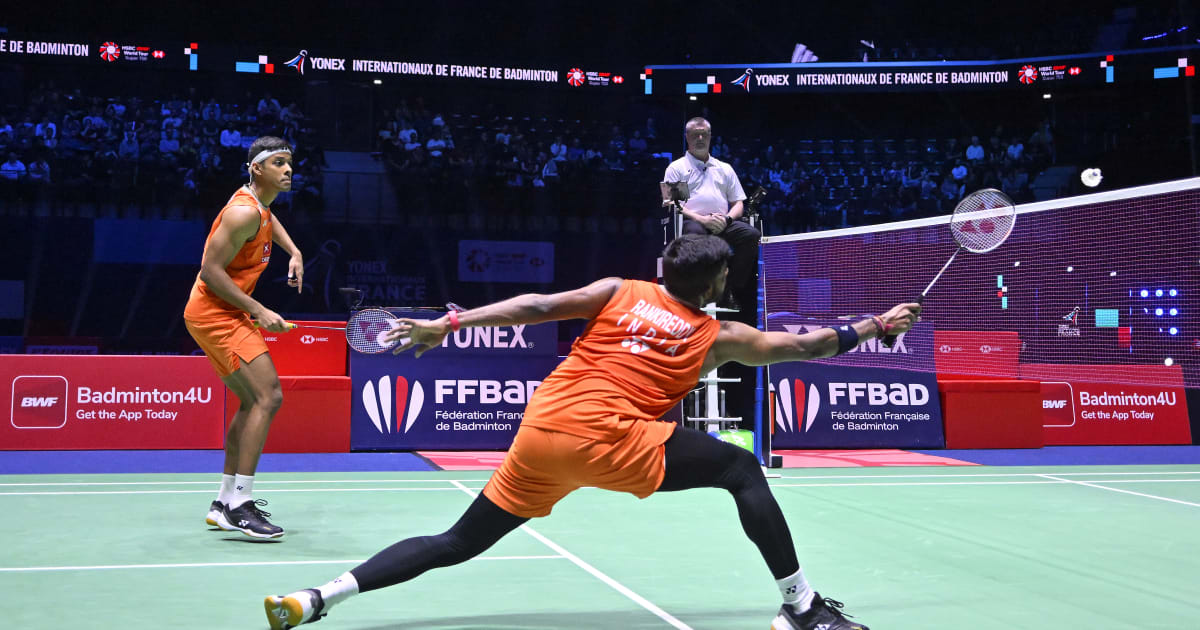Editor’s Note: Read more NBA coverage from The Athletic here. The views on this page do not necessarily reflect the views of the NBA or its teams.
***
ATLANTA — Sitting on the trade block is no different from waiting on a slew of text…

Editor’s Note: Read more NBA coverage from The Athletic here. The views on this page do not necessarily reflect the views of the NBA or its teams.
***
ATLANTA — Sitting on the trade block is no different from waiting on a slew of text…

Bon Jovi are hitting the road for their Forever tour in support of their album of the same name. It’s their first run of dates following singer Jon Bon Jovi’s vocal cord surgery, which has kept them off the road since 2022. His and the…

Ashleigh Gardner’s blistering unbeaten century helped Australia to a stunning six-wicket win over England at the ICC Women’s Cricket World Cup 2025 at the Holkar Stadium in Indore on Wednesday.
The 28-year-old Gardner blasted 104 not out from…

Satwiksairaj Rankireddy and Chirag Shetty suffered a shock opening round exit from the French Open 2025 badminton men’s doubles event on Wednesday after a loss to Indonesia’s unseeded pair of Rahmat Hidayat and Muhammad Rian…

Miley Cyrus has written an original song with Mark Ronson and Andrew Wyatt for the upcoming Avatar: Fire And Ash.
The third film in James Cameron’s franchise hits theaters December 19. In a post on Instagram, Cyrus drew a…

Eight years and two Olympic cycles later, Glenn has established herself as one of the top-tier and most consistent female skaters in the world. She opened her Olympic season with a win at…

Sam Claflin (The Hunger Games, Peaky Blinders, Daisy Jones & the Six) stars opposite Bill Nighy in Harlan Coben’s Lazarus, the new original series from the master of twists and turns that released on Amazon’s Prime Video Wednesday.
Continue Reading

– Advertisement –
ISLAMABAD, Oct 22 (APP):The Snow Leopard Foundation (SLF) Pakistan, in collaboration with the Ministry of Climate Change and Environmental Coordination (MoCC&EC), will commemorate International Snow Leopard Day on Thursday with…
This request seems a bit unusual, so we need to confirm that you’re human. Please press and hold the button until it turns completely green. Thank you for your cooperation!
This request seems a bit unusual, so we need to confirm that you’re human. Please press and hold the button until it turns completely green. Thank you for your cooperation!